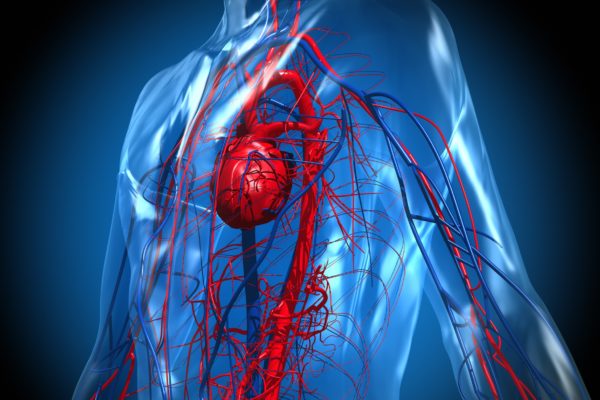
Cancer.gov
When malignant cell growth occurs in the prostate, it is known as prostate carcinoma or prostate cancer. It is a relatively slow growing cancer and one of the most common cancers in men.
The prostate is an organ that forms part of the male reproductive system and is situated on both sides of the urethra, close to the bladder and the rectum. The prostate consists of two lobes that produce prostatic fluid, which serves as a carrier fluid for sperm cells.
As men age, the prostate grows, and this can lead to obstruction of the urethra and subsequently to problems with urination. These complaints usually manifest themselves in men over 50. Prostate enlargement can have benign origins, but can also be caused by cancer.
Prostate cancer is the most prevalent cancer in Belgian men. Almost 8500 men were diagnosed in 2015, and their average age was 69. Around 40% of prostate tumours are detected in stage I, bringing a 100% 5-year survival rate. However, even in stages II and III prostate cancer has a 5-year survival rate of 90%. Only in stage IV does this number drop to 50%.
Given the fact that prostate tumours grow very slowly, most patients don’t notice anything wrong until the cancer spreads. Symptoms can include:
There is no clear cause of prostate cancer, but it is thought that hormone balance and lifestyle may have an influence. In about 5 to 10% of patients, a genetic predisposition also plays a part. Obesity, increasing age and family history are all risk factors associated with an increased risk of developing prostate cancer.
When a GP suspects a patient may have prostate cancer they will perform a physical examination and a DRE (digital rectal examination). A blood test measures the presence of the protein PSA, an indicator for prostate cancer. PSA does not confirm a diagnosis however, as PSA can be elevated for reasons other than prostate cancer. A urologist will conduct further tests, such as an ultrasound, and a biopsy. When the presence of cancerous cells is established, further tests are conducted to determine the stage of the cancer. These tests include bone scans, MRI scans, CT scans, PET CT scans or a lymph node biopsy.
The TNM classification system is used to determine the staging of prostate cancer. T stands for the state of the primary tumour, N denotes the amount of spreading to the lymph nodes and M stands for metastasis to other organs.
The Gleason Score is the grading system used to determine the aggressiveness of prostate cancer. This grading system can be used to choose appropriate treatment options. The Gleason Score ranges from 1-5 and describes how much the cancer from a biopsy looks like healthy tissue (lower score) or abnormal tissue (higher score). Most cancers score a grade of 3 or higher. Since prostate tumours are often made up of cancerous cells that have different grades, two grades are assigned for each patient. A primary grade is given to describe the cells that make up the largest area of the tumour and a secondary grade is given to describe the cells of the next largest area. For instance, if the Gleason Score is written as 3+4=7, it means most of the tumour is grade 3 and the next largest section of the tumour is grade 4, together they make up the total Gleason Score. If the cancer is almost entirely made up of cells with the same score, the grade for that area is counted twice to calculate the total Gleason Score. Typical Gleason Scores range from 6-10 (in total). The higher the Gleason Score, the more likely the cancer will grow and spread quickly.
When the diagnosis and the staging have been determined, a team of specialists will decide on a treatment strategy. The major treatment options for prostate cancer include surgery, radiation, medical therapy and watchful waiting. A patient’s treatment options will depend upon his age, the disease stage and the advice of a physician.
Prostate cancer is treated depending on the following categories:





